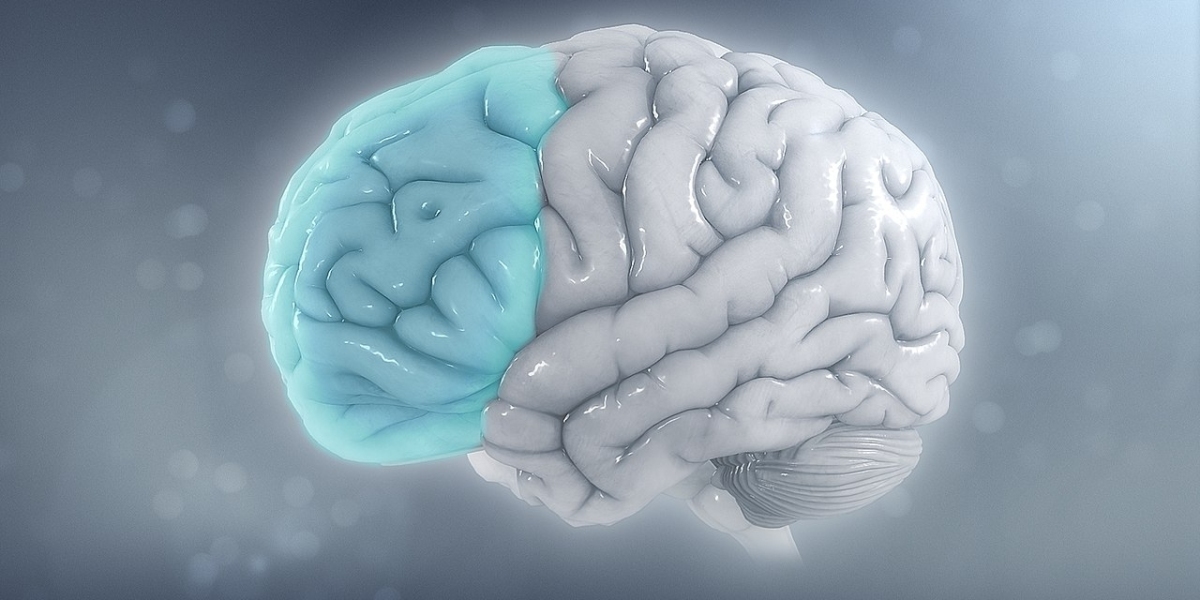Since ancient times, pain relief has been a fundamental facet of the human experience, inspiring exploration and innovation across civilizations and cultures. Throughout history, humanity has endeavored to alleviate pain through a variety of means, including the development of modern medical techniques and interventions, the utilization of natural remedies and traditional therapeutic practices. This article provides a historical account of the progression of pain relief methods, spanning from ancient knowledge to contemporary techniques. It delves into the origins of pain management, identifies significant medical developments, and examines how traditional and modern approaches have converged in the quest for the most effective pain relief.
1. Ancient Healing Practices:
In order to alleviate discomfort and illness, ancient civilizations developed a variety of healing practices based on spiritual beliefs, natural remedies, and cultural traditions. Medicinal herbs and botanical preparations were employed to remedy a wide range of maladies during the ancient Egyptian era. Similarly, traditional Chinese medicine incorporated acupuncture and herbal medicine as essential components. During the ancient Greek era, Hippocrates and other pioneering physicians espoused the holistic approach to medicine, placing significant emphasis on the integration of dietary, physical activity, and lifestyle adjustments as means to alleviate suffering and foster overall health.
2. The Impact of Early Cultures:
Early civilizations across the globe exerted substantial influence on the comprehension and treatment of pain. Ancient Indian medicine, Ayurveda, emphasized the harmony of the body, mind, and spirit via yoga, meditation, dietary modifications, and herbal remedies. The Canon of Medicine, a seminal work authored by the Persian physician Avicenna, documented the utilization of opium and other botanical remedies for the purpose of alleviating pain. Shamanic healing practices in indigenous cultures encompassed the utilization of plant-based remedies, ceremonial activities, and rituals to mitigate suffering and reinstate order.
3. Advancement of Contemporary Medical Methods
Significant progress in pain management occurred with the emergence of modern medicine during the 19th and 20th centuries. Notable developments in this field included the formulation of analgesic medications, the identification of anesthesia, and the enhancement of surgical methodologies. The identification of ether and chloroform facilitated frictionless surgical procedures, whereas the purplication of morphine and other opioid substances furnished potent analgesics to alleviate both acute and chronic pain. The advent of regional anesthesia techniques, including epidural and nerve blocks, significantly broadened the spectrum of pain management alternatives during surgical procedures and childbirth.
4. Advancements in Pharmacotherapy:
Pharmacotherapy continues to be a fundamental component of pain management, owing to continuous developments in drug formulation and administration methods. Activated anti-inflammatory drugs (NSAIDs), including ibuprofen and aspirin, effectively alleviated inflammatory pain conditions upon their introduction. After the discovery of acetaminophen, an alternative analgesic with fewer adverse effects on the gastrointestinal tract became available. Recent advancements in analgesic medication development, such as tramadol, COX-2 inhibitors, and gabapentinoids, have broadened the pharmacological toolbox available for the management of chronic pain.
5. Progress in Interventional Procedures:
Interventional procedures have become increasingly significant instruments in the field of pain management, providing precise alleviation for particular pain conditions while reducing the occurrence of systemic adverse effects. Epidural steroid injections, nerve blocks, radiofrequency ablation, and spinal cord stimulation are all employed as anesthetic techniques to mitigate pain that arises from the joints, spine, or nerves. For those afflicted with chronic pain syndromes, including sciatica, neuropathic pain, and low back pain, these minimally invasive procedures may offer permanent respite from discomfort and enhance functional outcomes.
6. The incorporation of complementary and alternative therapies into conventional pain management approaches has become an increasingly popular topic of discussion in recent decades. Acupuncture, massage therapy, chiropractic care, herbal medicine, and mind-body practices are modalities that provide comprehensive pain alleviation by attending to the physical, emotional, and spiritual aspects of pain. Clinics specializing in integrative pain management frequently combine conventional treatments with complementary therapies that are customized to the requirements, preferences, and cultures of each patient.
7. Convergence of Traditional and Contemporary Approaches:
A holistic understanding of health and healing that transcends cultural and historical boundaries is reflected in the convergence of traditional and contemporary approaches to pain relief. Contemporary medical methodologies present intricate interventions and technological progressions, whereas traditional healing approaches offer significant perspectives on the interdependence of the physical, mental, and spiritual aspects of suffering. Through the fusion of contemporary medical advancements and the knowledge gained from age-old therapeutic practices, healthcare practitioners are capable of devising individualized and all-encompassing approaches to pain management that not only improve outcomes but also elevate quality of life.
Summary:
In conclusion, the progression of pain relief methods from traditional knowledge to contemporary approaches exemplifies the perpetual human pursuit of mitigating distress and advancing overall welfare. The progression of pain management from ancient civilizations' use of natural remedies to modern medicine's implementation of pharmacological innovations and interventional procedures serves as a testament to the ingenuity and resilience of the human species. By incorporating contemporary and traditional healing methods and embracing the diversity of healing traditions, healthcare providers have the ability to provide individualized and holistic pain management strategies that respect the intricacy of pain and the intrinsic worth of each person.









